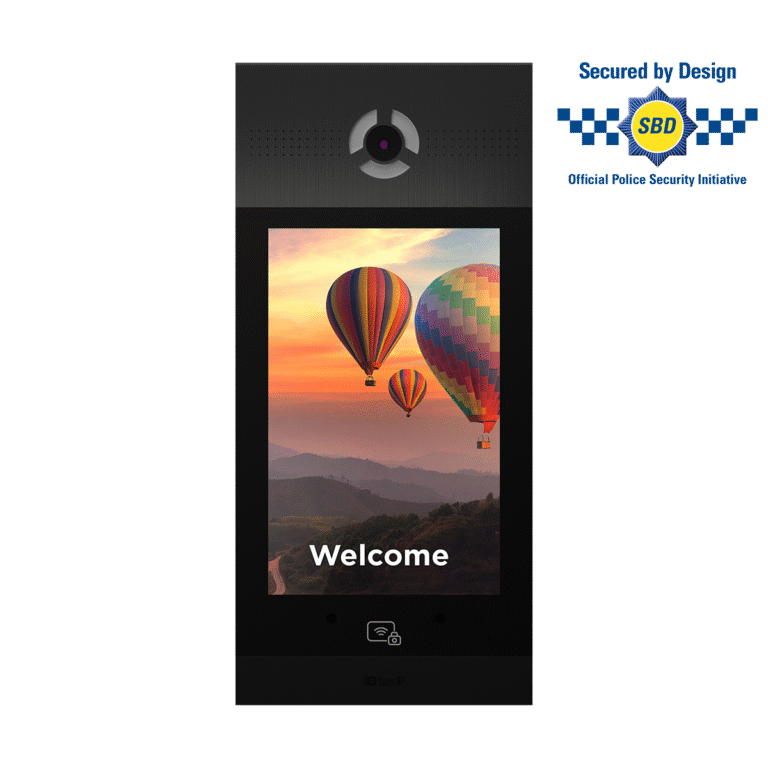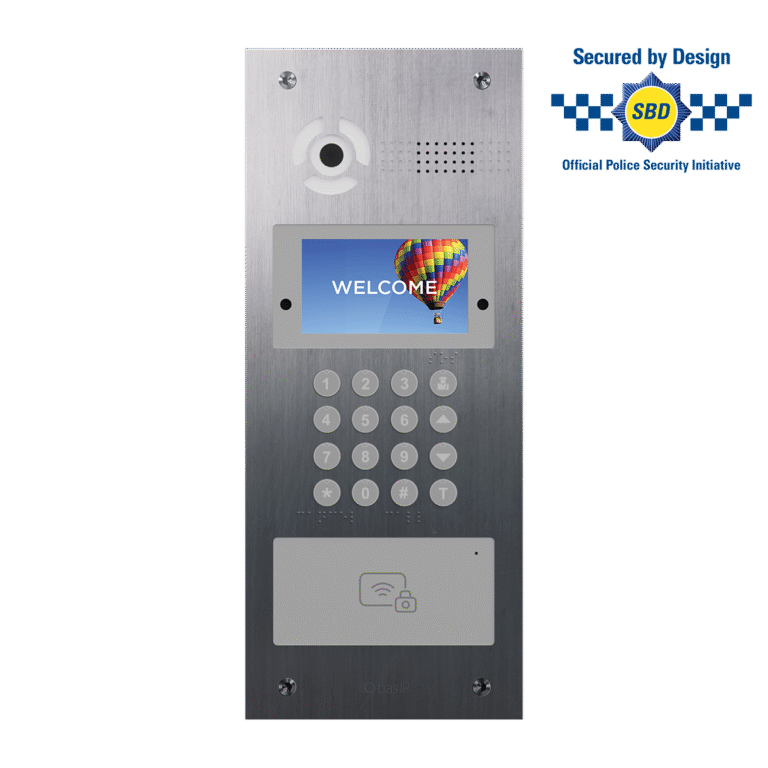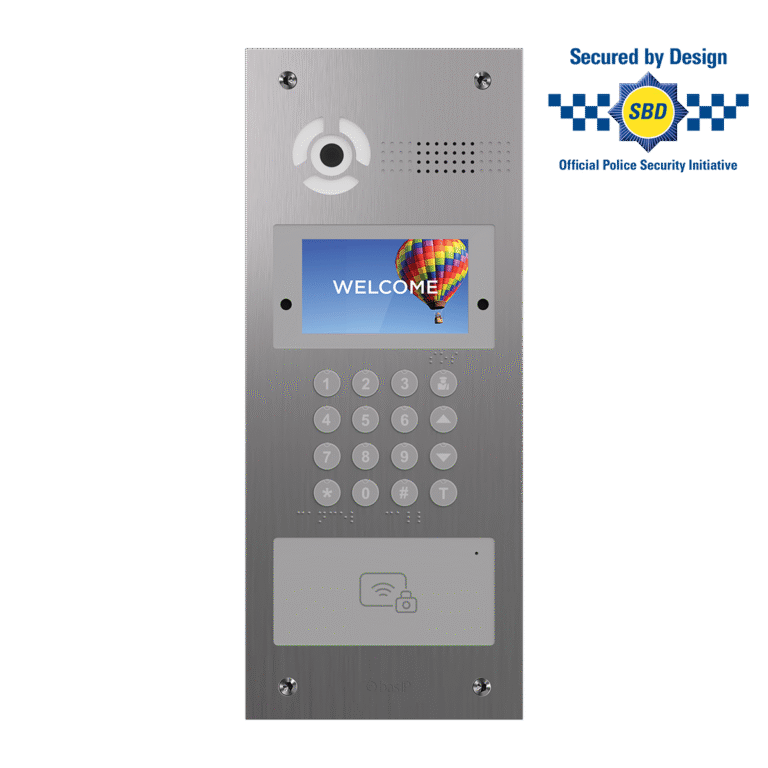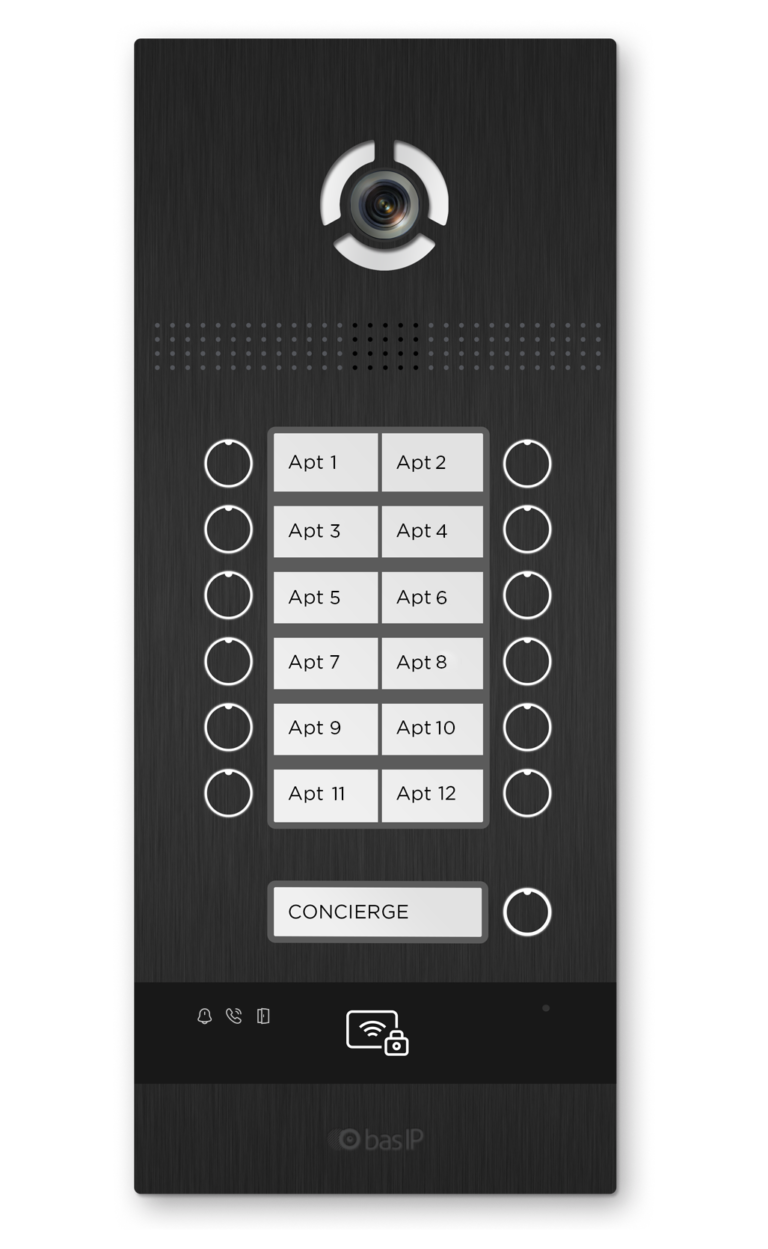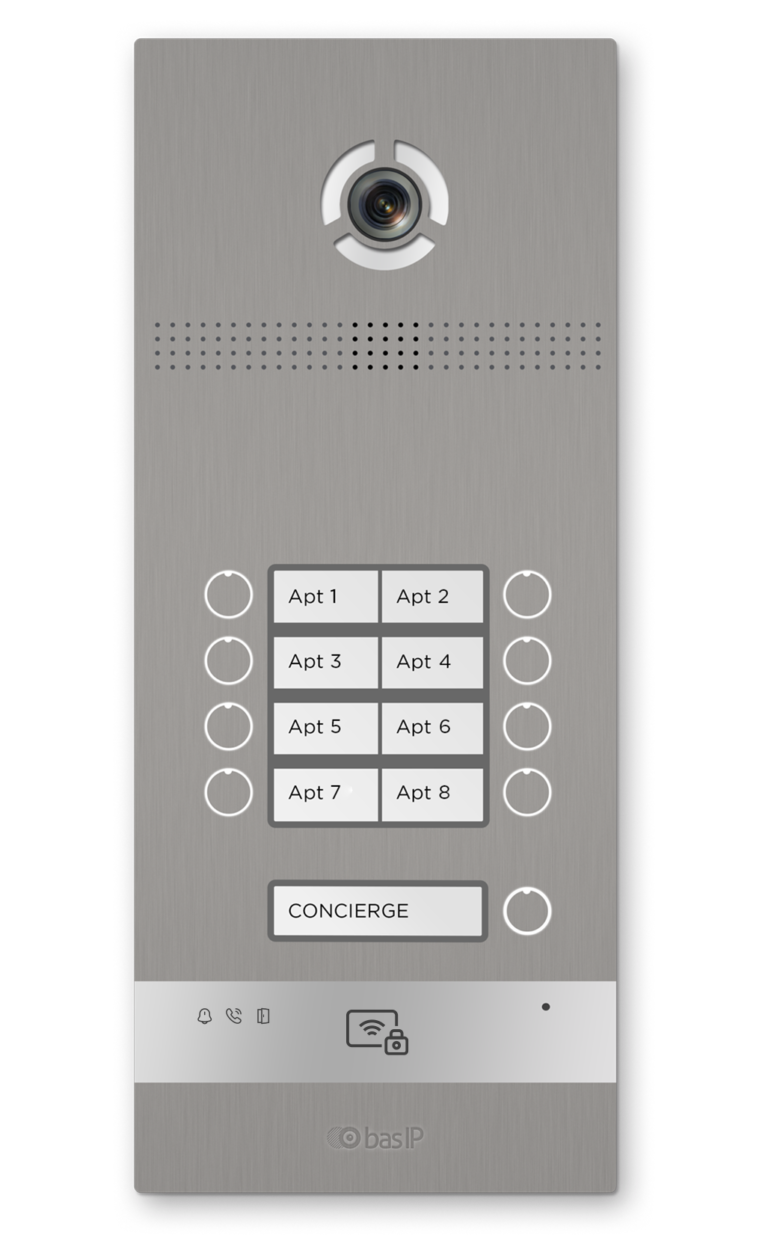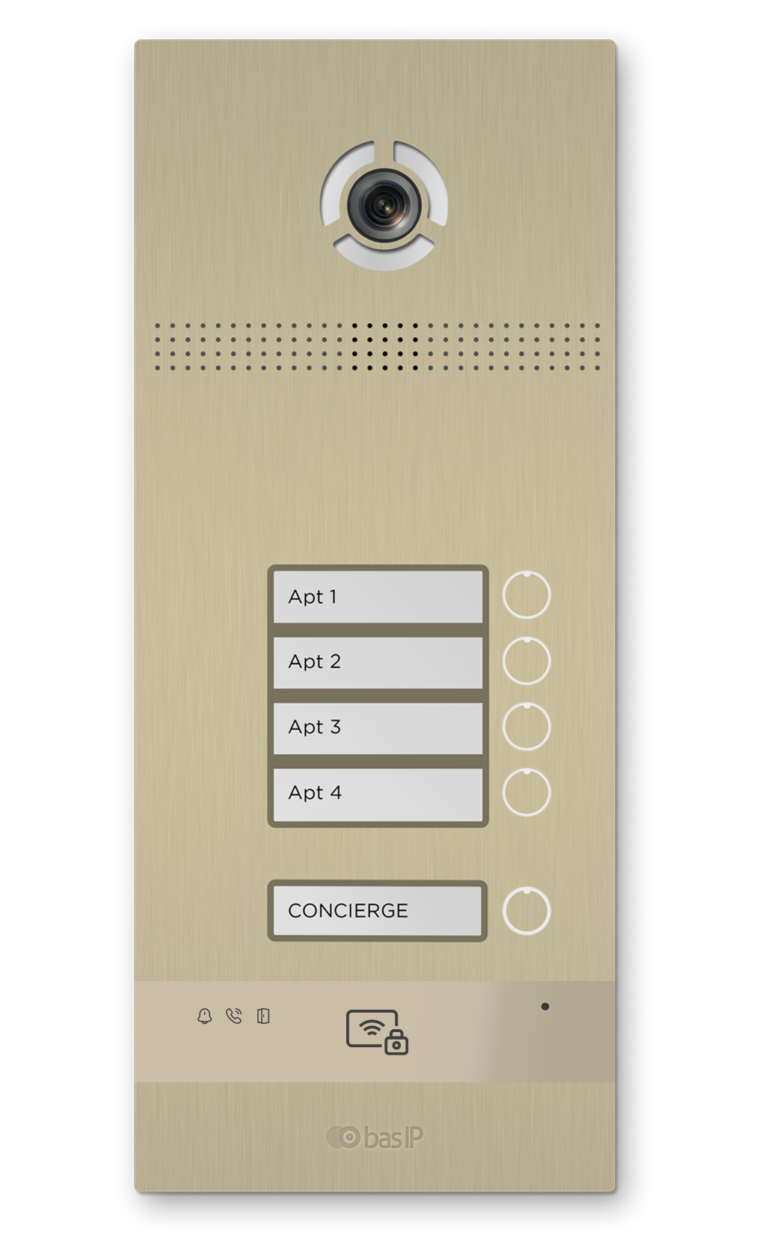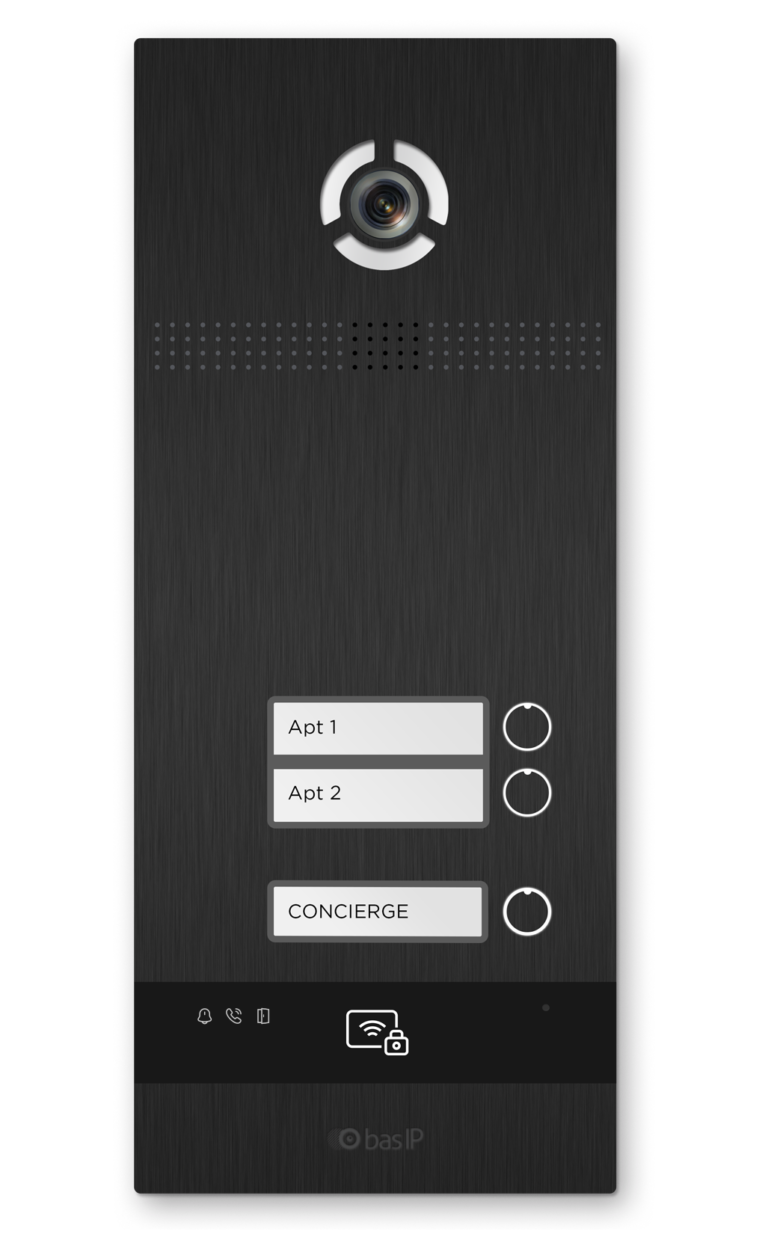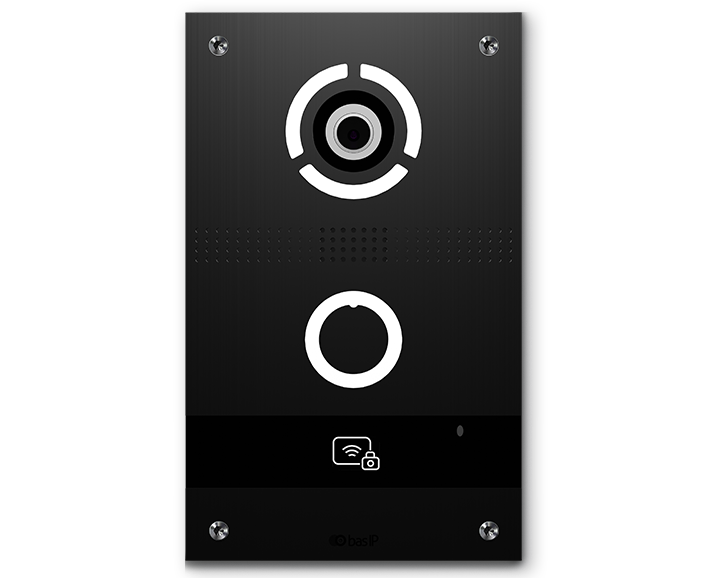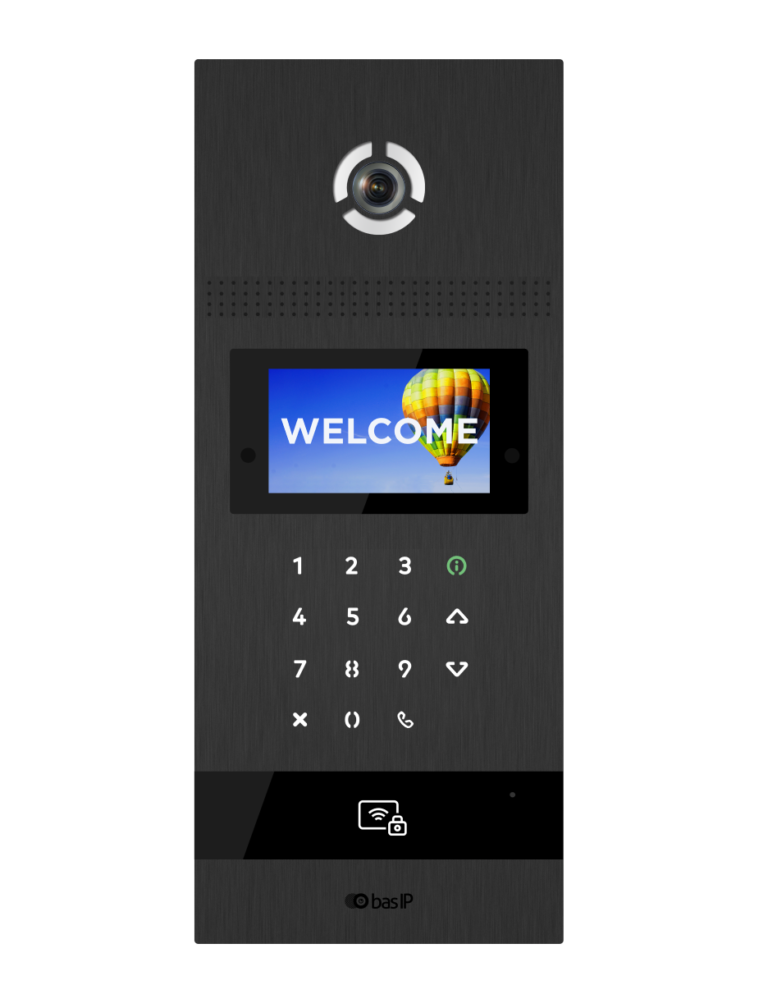Exploring Modern Intercom Systems: Trends, Benefits, and Competitors
Intercom systems have come a long way from their origins as simple communication devices used in commercial and residential buildings. Today, modern intercom systems are sophisticated, connected, and intelligent, offering a range of benefits that were not possible just a few years ago. In this article, we’ll explore the latest trends in intercom systems, the benefits they offer, and some of the main competitors in the market.

Modern & New Intercom Systems: The Future of Connectivity
A new intercom system refers to a fresh, innovative communication network that seamlessly connects individuals within a designated space, be it residential or commercial. This cutting-edge solution employs the latest in audio and visual technology to create a harmonious dialogue between occupants, breaking down barriers and fostering a sense of unity.
Imagine a symphony of sound and sight, orchestrated through a series of strategically placed devices that effortlessly blend into the environment. The new intercom system is a testament to human ingenuity, with user-friendly interfaces and intuitive controls that make communication a delightful experience.


As a guardian of privacy and security, the new intercom system employs advanced encryption protocols, ensuring that your conversations remain confidential and shielded from prying ears. Moreover, its smart connectivity capabilities allow for seamless integration with other devices, enabling users to monitor and control their surroundings with unparalleled ease.
In essence, the new intercom system is an ingenious fusion of technology and human interaction, designed to elevate communication to new heights while safeguarding the sanctity of personal connections. It is a remarkable invention that transcends the boundaries of conventional communication, creating a symphony of human interaction in perfect harmony.
Technologies Used in New Intercom Systems
| No. | Technology | Description |
|---|---|---|
| 1 | SIP 2.0 | Session Initiation Protocol is used for signaling and controlling multimedia communication sessions, such as voice calls. |
| 2 | API | Application Programming Interface allows different software applications to communicate with each other. |
| 3 | RTSP | Real-Time Streaming Protocol is used to control the streaming of multimedia content over IP networks. |
| 4 | iOS, Android apps | Mobile apps for popular platforms allow users to access and control intercom systems remotely. |
| 5 | Keyless Entry | Allows users to unlock doors using codes, cards, or other authentication methods, eliminating the need for physical keys. |
| 6 | Face recognition | Uses facial recognition technology to authenticate users and grant access. |
| 7 | OEM App | Original Equipment Manufacturer app provides a customized experience tailored for specific intercom systems. |
| 8 | IP CCTV Integration | Integration with Internet Protocol Closed-Circuit Television cameras for enhanced security and monitoring. |
| 9 | Contactless Exit Button | Allows users to exit a building without physically touching a button, reducing the spread of germs. |
| 10 | Elevator Control | Intercom systems can be integrated with elevator controls to grant or restrict access to certain floors. |
| 11 | Smart Home Integration | Allows the intercom system to communicate with other smart home devices for a seamless, connected experience. |
Trends in Modern Intercom Systems
As you see above, one of the biggest trends in modern intercom systems is their integration with other smart home devices. Many intercom systems now come with built-in support for voice assistants like Amazon Alexa and Google Assistant, allowing users to control other devices in their homes using their voice. For example, users can ask their intercom to turn on the lights, adjust the thermostat, or even order groceries online.
Another trend is the use of video in intercom systems. Video intercom systems allow users to see who is at their front door before they open it, which is especially useful for home security. Many modern video intercom systems also come with features like motion detection, keyless entry, facial recognition, and night vision, which further enhance their security capabilities.
Benefits of Modern Intercom Systems
There are many benefits to using modern intercom systems. Here are just a few:
- Improved security: Intercom systems allow users to screen visitors before they enter their homes or buildings, which can help prevent unauthorized access.
- Increased convenience: Intercom systems make it easy to communicate with other people in a building, whether they are in another room or on another floor.
- Better communication: Modern intercom systems come with features like noise cancellation, which make it easier to hear and understand other people on the line.
- Increased productivity: Intercom systems can be used in commercial settings to increase productivity and efficiency by allowing employees to communicate with each other quickly and easily.
Main Competitors in the Market
There are many companies that manufacture and sell intercom systems, but here are some of the main competitors in the market:
- Aiphone: Aiphone is a Japanese company that has been producing intercom systems for over 70 years. They offer a wide range of intercom systems for residential, commercial, and industrial use.
- Comelit: Comelit is an Italian company that produces intercom systems for both residential and commercial use.
- BAS-IP: BAS-IP is a British company that produces a wide range of IP intercoms. They offer a range of video intercom systems that come with features like facial recognition and motion detection.
Conclusion
Modern intercom systems are more advanced and sophisticated than ever before, offering a range of features that make them more convenient, secure, and efficient. With the integration of video and voice assistant support, intercom systems have become an integral part of the smart home ecosystem. As the demand for smarter, more connected homes continues to grow, we can expect to see even more innovations in the field of intercom systems in the years to come.
